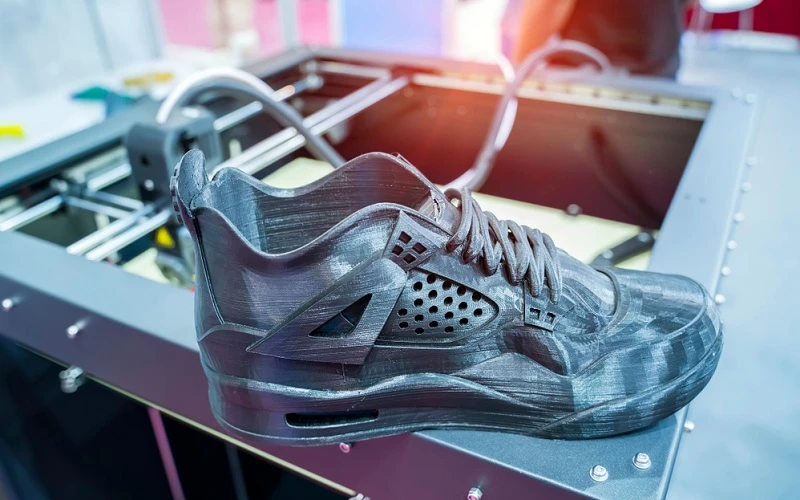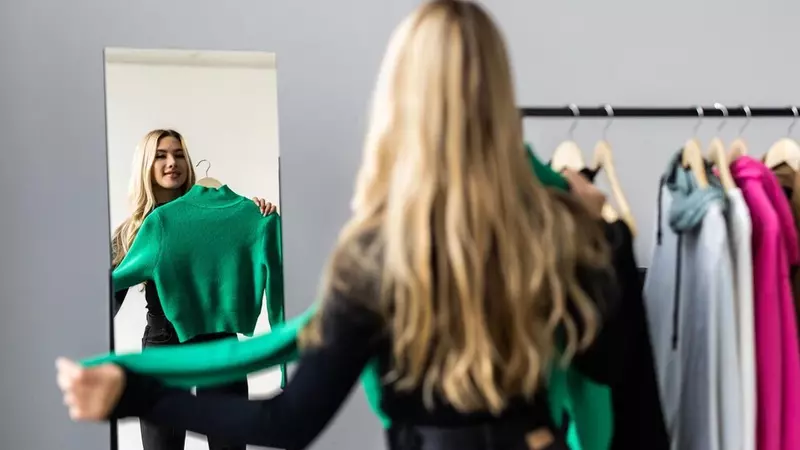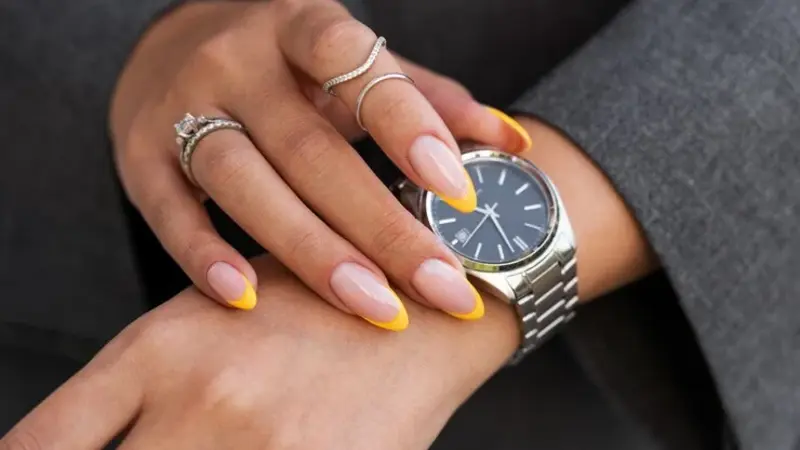In a world driven by self-expression, it’s no surprise that custom fashion is making a powerful comeback. The desire to wear something no one else owns has taken hold of both emerging designers and fashion-forward consumers alike. As style becomes less about labels and more about identity, custom clothing and accessories are quietly redefining the way we view wardrobe staples, statement pieces, and even the design process itself.
Fashion That Begins with You
Gone are the days when customization simply meant monogramming a handbag or choosing your sneaker colours online. Today, it’s about co-creation. Consumers are not just choosing details. Whether it’s collaborating with a local tailor to design the perfect blazer or working with an independent designer on a made-to-measure gown, the power of personalization has reached new heights. This is proving to be no mere trend. People are choosing to wear pieces that reflect their story, their body, and their creative voice.
This rise in bespoke fashion is also fuelled by the growing awareness around sustainability. Mass-produced clothing has a high cost. And not just in dollars, but in environmental impact. Custom fashion offers an alternative that encourages mindful purchasing. When an item is designed just for you, it’s not something you throw away next season. It becomes a wardrobe heirloom, made with intention, worn with pride.
The Role of Technology in Personalised Design
Technology is playing a quiet but revolutionary role in this evolution. Innovations like digital fabric printing, 3D body scanning, and augmented reality fittings are blurring the line between fashion and futurism. These tools allow for unprecedented precision, letting designers cater to every curve, preference, and aesthetic.
One particularly exciting development is the integration of 3D printing services into fashion workflows. While often associated with industrial design or prototyping, 3D printing is carving out space in fashion studios around the world. From conceptual heels to intricate jewellery and sculptural accessories, designers are using this technology to push the boundaries of creativity. The beauty of 3D printing lies in its ability to turn a digital sketch into a tangible piece within hours, enabling rapid experimentation without the waste of traditional production.
While you may not yet find 3D-printed gowns at your local boutique, elements like custom buckles, frames, or embellishments are increasingly being designed using these services. They allow creators to make limited runs of highly specific pieces that add unexpected flair to otherwise minimal designs. For the fashion lover who values originality, these one-of-a-kind details are a dream come true.
Style That Tells a Story
What makes custom fashion so compelling is the narrative embedded in each item. There’s a story in the fabric you chose, the sketch you approved, and the details that reflect your personality. Whether it’s a dress designed for a milestone birthday, a bespoke suit for a long-awaited return to the office, or a bag inspired by your travels.
More than ever, people are seeking out that personal connection with their clothing. It’s not about showing off a logo; it’s about feeling confident in a creation that’s unmistakably yours. This movement toward individualized fashion is also giving rise to a new generation of designers who value craftsmanship, collaboration, and innovation over mass appeal.
The Democratisation of Design
Perhaps the most exciting part of this custom fashion revolution is its increasing accessibility. What was once a luxury reserved for the elite is now being made available through digital platforms, individual creators, and collaborative communities. You don’t need to live in a fashion capital to commission something special. You just need vision, inspiration, and a creator who understands your aesthetic.
Technology like 3D printing services and virtual fittings is leveling the playing field, allowing smaller brands to offer big possibilities. As consumers continue to prioritize individuality over imitation, the future of fashion may not lie in the next trend but in the next collaboration between designer and wearer.




